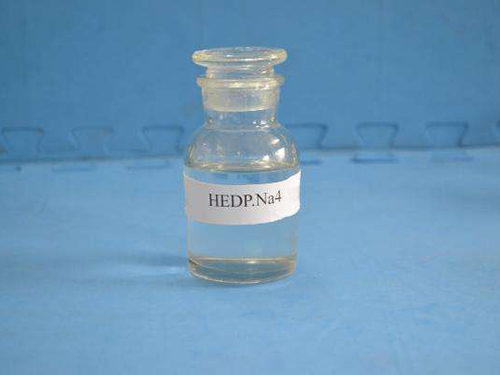Exploring the Uses and Applications of Poly Aluminum Chloride in Water Treatment and Beyond
Poly Aluminum Chloride An Overview of Its Applications and Benefits
Poly Aluminum Chloride (PAC) is a coagulant widely utilized in water treatment processes due to its effectiveness in removing impurities and enhancing water quality. This versatile chemical compound, a type of inorganic polymer, is characterized by its unique structure that allows it to perform remarkably well in various applications, including municipal water treatment, industrial wastewater management, and paper manufacturing.
Composition and Properties
PAC is formed through the polymerization of aluminum chloride in an aqueous solution, producing a compound with a higher molecular weight compared to conventional aluminum salts. This polymeric structure contributes to its unique properties, such as high charge density and larger particle size, which are crucial for effective coagulation and flocculation processes. The high positive charge of PAC allows it to effectively neutralize the negative charges found on suspended particles, promoting their aggregation and subsequent removal from water systems.
Applications in Water Treatment
1. Municipal Water Treatment PAC is predominantly used in municipal water treatment plants as a primary coagulant. Its superior coagulation performance at various pH levels makes it suitable for treating surface waters, groundwater, and even seawater. The use of PAC can result in clearer water and reduced turbidity, leading to improved aesthetic quality and compliance with health regulations.
2. Industrial Wastewater Treatment Many industries generate wastewater containing heavy metals, suspended solids, and other contaminants. PAC is employed in textile, paper, and food industries to treat wastewater effectively, allowing for the precipitation of pollutants and facilitating the recycling of water. Its ability to operate efficiently across a range of temperatures and pH levels makes it a preferred choice for various industrial applications.
3. Sludge Management In addition to its coagulation properties, PAC also aids in sludge dewatering processes. By enhancing the dewaterability of sludge, PAC helps in reducing the volume of waste generated, leading to cost savings in disposal and treatment.
4. Paper Manufacturing In the papermaking industry, PAC serves as a sizing agent and helps in improving the retention of fibers and fillers, thus enhancing paper quality. Its use in this sector exemplifies its versatility and the wide-ranging benefits it can offer.
poly aluminum chloride

Advantages of PAC
The use of Poly Aluminum Chloride in water and wastewater treatment presents several advantages over conventional coagulants, such as alum. Some of these benefits include
- Lower Dosage Requirements PAC typically requires lower dosages compared to alum for equivalent coagulation performance, leading to cost savings and reduced environmental impact.
- Enhanced Settling Rates The larger flocs formed by PAC allow for quicker settling, which can improve the efficiency of treatment processes and reduce the need for extensive clarification time.
- Reduced pH Sensitivity PAC performs effectively across a wider pH range, making it suitable for various water types without the necessity for extensive pH adjustment.
- Fewer Residuals The use of PAC can lead to lower levels of residual aluminum in treated water, offering a safer alternative for communities concerned about the potential health impacts of aluminum exposure.
Conclusion
Poly Aluminum Chloride stands out as a highly effective coagulant in the realms of water and wastewater treatment due to its superior physical and chemical properties. Its diverse applications, coupled with several advantages over traditional coagulants, make PAC an invaluable tool in improving water quality and management practices across different sectors. As water treatment technologies continue to evolve, the role of PAC is expected to grow in importance, promising better solutions for the global challenge of water safety and sustainability.
-
Understanding Polycarboxylic Acids: Properties, Applications, and Future PotentialNewsJul.28,2025
-
Scale Inhibitor Explained: How to Protect Your System from Limescale and Hard Water DamageNewsJul.28,2025
-
Scale and Corrosion Inhibitors: Essential Chemicals for Industrial Water System ProtectionNewsJul.28,2025
-
Polyaspartic Acid: A Biodegradable Polymer for Sustainable ChemistryNewsJul.28,2025
-
Isothiazolinones: A Versatile Antimicrobial Class with Industrial Power and Regulatory ChallengesNewsJul.28,2025
-
A Deep Dive into 2-Phosphonobutane-1,2,4-Tricarboxylic Acid (PBTC)NewsJul.28,2025





